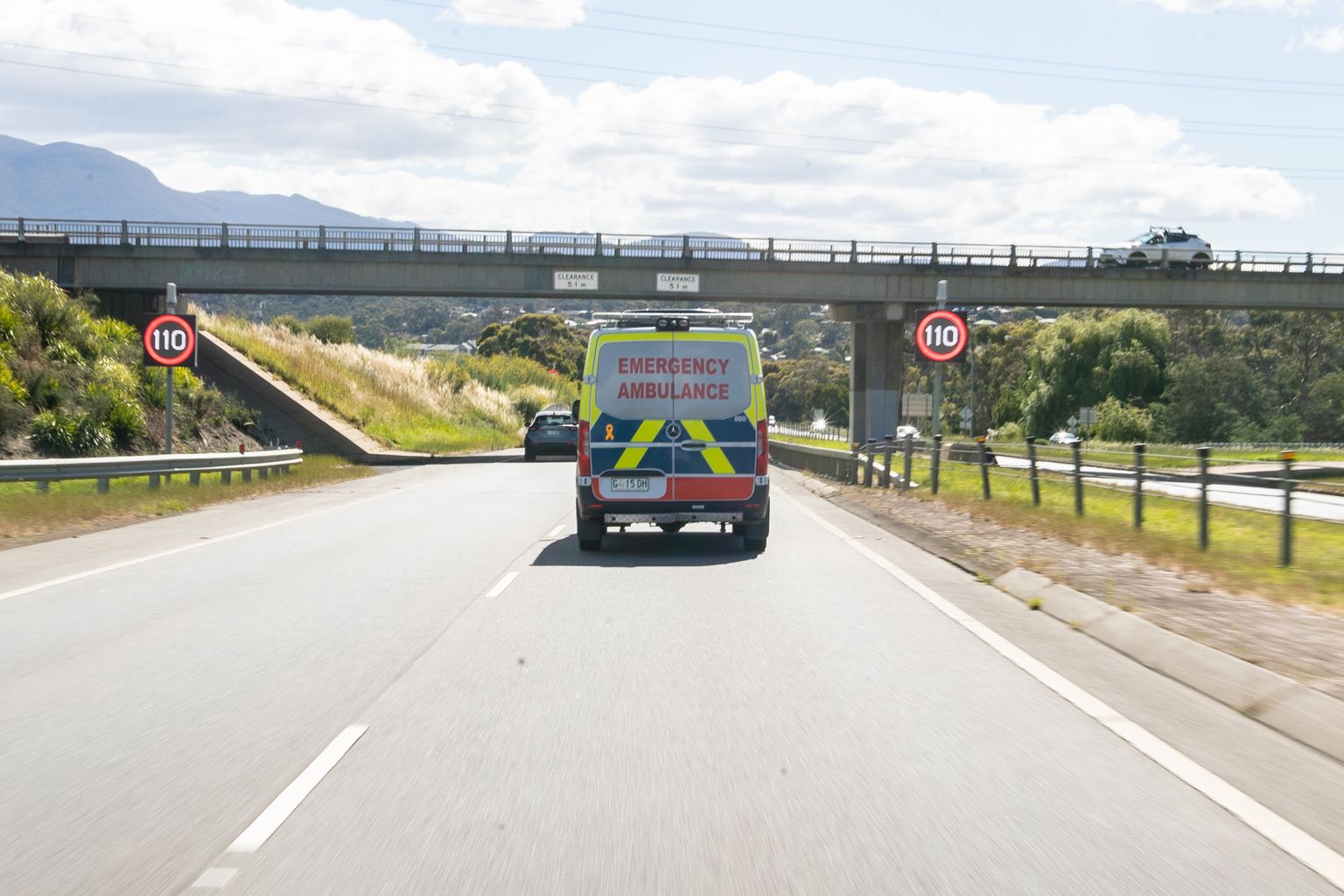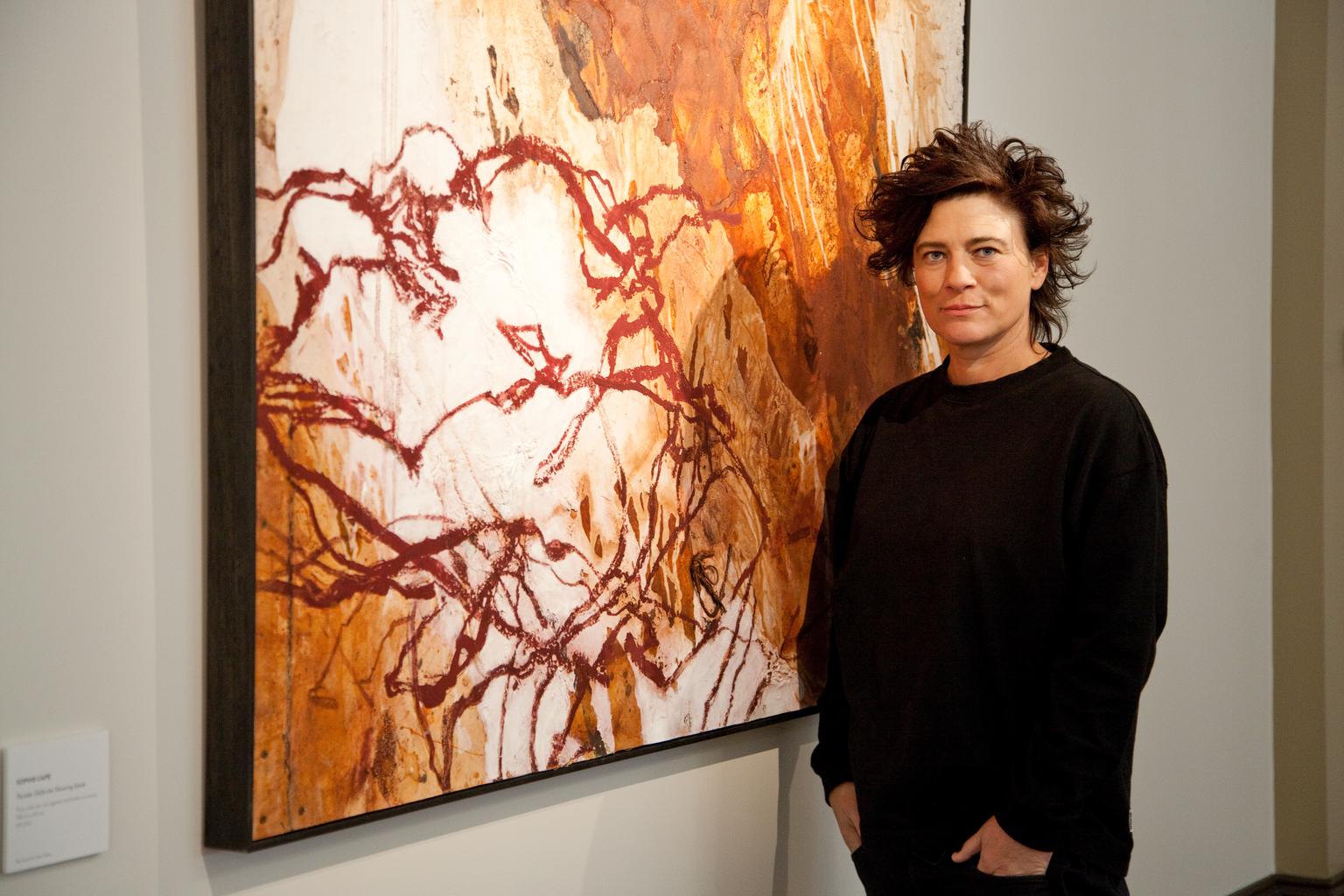Tasmania’s peak medical body is pushing back against Labor’s plan to set up nurse-led clinics in regional hospitals, warning it could put patient safety at risk and create a “two-tier” healthcare system.
The Australian Medical Association has strongly opposed the policy announced by Labor leader Dean Winter, which would see nurse practitioners running urgent care services at 18 regional health facilities across the state.
AMA Tasmania Vice-President Dr Meg Creely said replacing doctors with nurses would increase the risk of misdiagnosed or missed serious conditions.
“It takes 10 to 12 years to train a GP,” Dr Creely said. “You cannot replace doctors without compromising patient safety. Nurse practitioner-led clinics put patients at risk by replacing doctors with less trained staff.”

Labor says its plan will make better use of what it calls “under-utilised” regional hospitals, with Winter promising the clinics would deliver “faster, more accessible care” to regional communities.
“Labor’s nurse-first regional clinics will operate like urgent care centres, but be led by nurse practitioners and supported by a team of allied health professionals,” he said.

Under the policy, nurse practitioners would be recruited for each of the 18 facilities, backed by $1 million a year for allied health outreach services including physiotherapists, psychologists and dietitians.
Labor argues the clinics would help local communities deal with sports injuries, stitches, assessments of sick kids and routine health services close to home, easing the load on major hospitals.
But Dr Creely said the plan would fragment healthcare delivery rather than improve it, warning that serious conditions could be missed without proper medical oversight.
“Patients deserve the safest care no matter where they live in Tasmania, and that means care led by fully qualified doctors,” she said.

“Initiatives like this just fragment care and are not good for patients.”
The AMA is calling on Labor to redirect funding towards “team-based care” that keeps doctors in charge, instead of nurse-led services.







